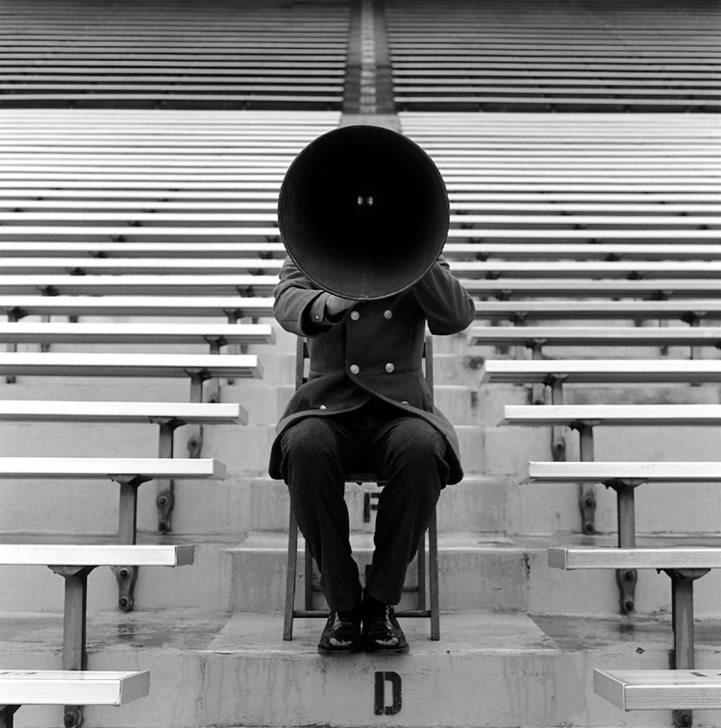Phuket Design Enters Brave New World
The New year is already starting to show promise with the delivery of some highly-anticipated new projects on the island. Leading the way is Sala Phuket in Mao Khao, next to the JW Marriott.
The 79-room, mostly-pool-villa resort is the second Sala hotel in Thailand, the first being in Samui and owned by the same group as the island's Sila Evason Hideaway. Just drive past the entrance of JW Marriott along the sea to catch a look at the future of hotel design.
The hotel and residential markets in Phuket have long relied on a formula-driven approach to architecture, be it Lanna-inspired, detached pavilions or modern, tropical structures with little character or identity.With the opening of the Martin Palleros-designed Twin Palms a few years ago, the bar was raised on what could be achieved with out-of-the-box ideas, integration of definitive resort-style landscaping and breaking the mold on enhancing simple designs with extraordinary creativity.
The hotel's reputation continued to evolve, making the property an industry leader with its Catch Beach Club, which is now sprouting an entire micro-industry of new projects looking to duplicate its success.
Last year's renovation of Indigo Pearl Resort by famed landscape architect Bill Bensley, with its industrial chic together with John Underwood's magical ironwork, also showed how new ideas are creeping into the spotlight. Continuing in this vein, architects such as Adrian McCarroll, Gary Fell and landscape-designer Ross Palmer are changing the look of island design one project at a time. Two highly-anticipated hotel projects are Philippe Starck's The Yamu and Thailand's own Lek Bunnag at the Taj Exotica.
Meanwhile, back in Mai Khao, visitors to the Sala are in for some big surprises. Entering through an ornate sliding gate, you feel like you are entering a private garden or home. Wandering through the resort, privacy and space are paramount for hotel guests with the focus mainly on individual pool villas with seclusion. Down at the beach, the natural seafront space is the star attraction with integrated lap pools that appear almost too good to swim in. Private, tented day beds are scattered throughout, allowing guests many different lounging options.
Among the highlights are swings located among the tall trees near the beach. The swings create an image of idyllic wanderlust currently missing from so many cookie-cutter hotels.While many developers look abroad for design advice, Sala was mostly the work of Thailand's Amata Luphaiboon of the company Department of Architecture.
With previous work at Zeavola on Koh Phi Phi and Samui's Sila Evison Hideaway, the Sala is clearly a labor of love. Told that the design was inspired by Phuket's Sino-Portuguese past, this influence is hard to find at first. Looking at the nuances in the outdoor tiling, window glazing and use of doors in the pool villas, the influences are subtle hints in the most unexpected places.
While the indoor space is limited, the entire bathroom experience, from sinks and showers to bathtubs and toilets, is outdoors. Not only is it a breath of fresh air, but it provides an exotic experience for visitors.In the restaurant and bar area, furniture is oversized, aimed at comfort and relaxation, which is what a holiday should be all about – furnishings are meant to be used, not looked at. All too often, designers move away from the first rule of work: form follows function.
We salute K. Amata, Bill Bensley, Adrian McCarroll, Martin Palleros and the people here who dare to be different. Looking forward, the foundation of what we expect from hotels, houses and developments continues to evolve. Next time you find yourself with some time to spare, go and visit the Sala and catch a glimpse of the brave new world of "wow" design.


